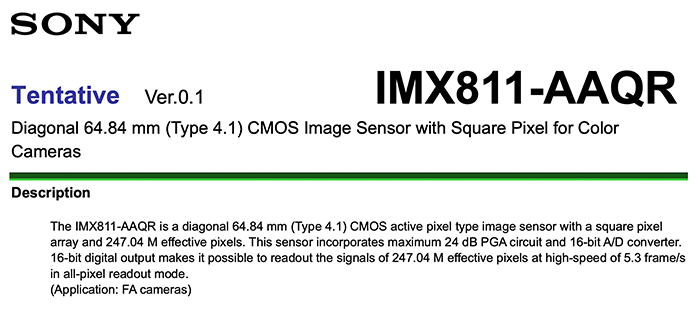(SR4) The Sony A700 successor will have…
Editors note: This is a rumor site. We have no affiliation to Sony! We collect rumors from the web and from our sources. Rumors sometimes become real and sometimes not. If you only want to get real and certain news please visit the official Sony website. Every rumor we post has a ranking value. In this case the rumor has the “SR4” value because we received it from a trusted source. This source has been right in the past (but it doesn’t mean he knows everything!) and will hopefully be right with the A700 successor rumor.
The rumor:
–
SonyAphaRumors learned that the A700 successor (the A800?) which is probably going to be unveiled in Q1 2010 should have following features:
1) Pellix (or pellicle) mirror
Photonotes.org explains very well what a pellicle mirror is: “ An SLR reflex mirror which is partially transparent and does not move.
One of the advantages of traditional moving-mirror SLR cameras is that the photographer can look through the viewfinder and see what the actual taking lens is seeing. The primary disadvantage is mirror blackout – when the mirror has flipped up to expose the film then nothing can be seen through the viewfinder. Mirror blackout, though brief at high shutter speeds, can nonetheless be a problem for sports and other action photography.
Cameras with pellicle mirrors have fixed half-silvered mirrors that both direct light to the viewfinder and to the film surface. They therefore eliminate mirror blackout whilst preserving the advantages of an SLR. They are also much quieter, as there are no mirror slap sounds or blur-inducing vibrations caused by mirror motion. Pellicle mirror cameras can also shoot almost instantly – unlike most SLRs there’s no lag time resulting from having to move the mirror out of the way. This rapid-fire capability also permits faster film transport mechanisms in some cases.
Pellicle mirror cameras have two drawbacks. First, the mirror must be kept scrupulously clean because light passes through it to the film surface. Second, because some of the light is being diverted up to the viewfinder there’s less light available to the film. Pellicle mirrors typically cost 2/3 stop of light and the viewfinder is also a bit dimmer.
A pellicle is a membrane or a thin film and refers in this case to the very thin reflective coating on the mirror.”
There are many film-cameras which do use the Pellicle Mirror. An example is the Canon EOS RT, the
and the
.
2) shoots ten frames a second
3) It also has an electronic view finder
4) 1920×1080 video (no details yet about frame rate and compression type but the video quality will easily beat the quality of Nikon/Canon cameras)
5) full af in 1920×1080 video
SonyAlphaRumors speculation: This could be one of the main advantages with the use of a pellicle mirror. The Phase Autofocus System works during video-recording?
6) takes SD cards.
–
That’s all we know for now! We have been promised to receive more details as soon as possible.
Feel free to contact us at sonyalpharumors@gmail.com
Have a nice day!
The SonyAlphaRumors Team.


